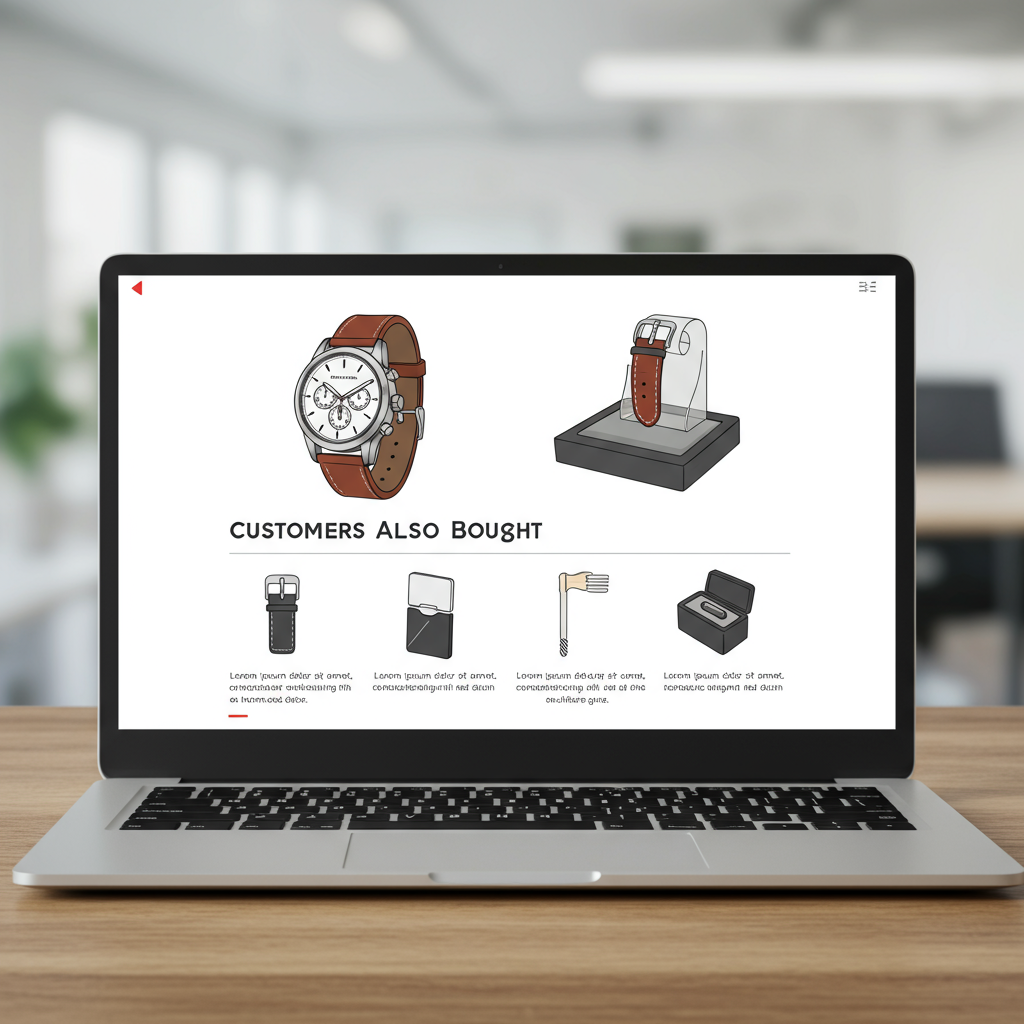Unlock the full potential of your customer base by strategically recommending complementary products and increasing your average order value.
Hello fellow Shopify merchants! I’m here today to share some insights that have genuinely transformed how I approach my own e-commerce business. We all strive for growth, right?
One of the most powerful, yet often underutilized, strategies in our arsenal is cross-selling. It’s not just about getting new customers; it’s about maximizing the value of the customers you already have.
Think about it: you’ve already done the hard work of attracting a customer to your store. They’re interested, they’re browsing, maybe they even have an item in their cart.
Cross-selling is simply the art of recommending complementary products to a customer based on what they’re already looking at or have purchased. It’s about enhancing their primary purchase.
For instance, if a customer is buying a new smartphone, cross-selling would involve suggesting a phone case, screen protector, or wireless earbuds. These items naturally go together.
My journey with cross-selling began when I realized I was leaving money on the table. Customers were buying one item and leaving, when they might have been open to more.
The benefits of a robust cross-selling strategy for your Shopify store are manifold, and I’ve seen them firsthand.
Firstly, and most obviously, it significantly increases your Average Order Value (AOV). More items per transaction mean more revenue per customer.
Secondly, it boosts your Customer Lifetime Value (CLTV). When customers find more value and convenience in your store, they’re more likely to return and make future purchases.
Thirdly, it genuinely enhances the customer experience. You’re not just selling; you’re helping them find everything they need in one place, often reminding them of items they might have forgotten.
Imagine buying a coffee machine and then being prompted with coffee beans and mugs. It’s helpful, not pushy, when done right.
Fourthly, cross-selling can be a fantastic way to move inventory, especially slower-moving items that complement popular products.
So, how do we implement this effectively on Shopify? Let’s dive into some practical strategies I’ve found successful.
**Product Page Recommendations:** This is perhaps the most common and effective spot. Think “Customers also bought” or “Frequently bought together” sections. Shopify apps can automate this.
I always ensure these recommendations are highly relevant. If someone is buying a specific type of camera, I’ll suggest lenses, tripods, or camera bags, not unrelated items.
**Cart Page Offers:** Just before checkout, when a customer is reviewing their cart, is a prime opportunity. A small, relevant add-on offer can work wonders.
This could be a low-cost item that complements their purchase, or a “don’t forget” item. The key is to make it quick and easy to add.
**Post-Purchase Emails:** The sale isn’t over when the order is placed. A follow-up email can suggest complementary products for their next purchase, perhaps with a small discount.
This builds anticipation and encourages repeat business. “Since you loved X, you might also like Y!”
**Product Bundling:** This is a powerful cross-selling technique where you offer a set of complementary products together at a slightly reduced price than if bought individually.
Think “starter kits” or “complete sets.” It provides perceived value and simplifies the buying decision for the customer.
**Personalization:** Leveraging customer data is crucial. If you know a customer’s past purchases or browsing history, you can offer highly tailored recommendations.
Shopify apps often integrate with customer data to provide dynamic, personalized suggestions, making the experience feel bespoke.
**Thank You Page Offers:** After a customer completes their purchase, the thank you page is an often-overlooked spot. A small, exclusive offer for a complementary item can capture immediate interest.
**Blog Content Integration:** If you have a blog, weave product recommendations naturally into your articles. For example, a “how-to” guide can feature all the tools needed, which are your products.
Implementing these strategies on Shopify is made easier with its robust app ecosystem. There are numerous apps designed specifically for product recommendations, bundling, and post-purchase flows.
I’ve experimented with several, and finding the right one that integrates seamlessly with your theme and provides good analytics is key.
Remember, the goal is to add value, not to be pushy. Overwhelming customers with too many irrelevant options can backfire and lead to cart abandonment.
Always test and optimize your cross-selling efforts. A/B test different recommendations, placements, and offers to see what resonates best with your audience.
Analyze your data: Which cross-sell recommendations are converting? Which products are frequently bought together? This data is gold for refining your strategy.
Avoid common mistakes like recommending products that are too expensive compared to the main item, or suggesting items that are clearly not related.
Focus on the customer’s needs and how your additional products can solve a problem or enhance their enjoyment of the primary purchase.
What do you think about these strategies? Have you tried any of them in your own Shopify store, or do you have other tips to share? I’d love to hear your thoughts!
In conclusion, cross-selling isn’t just a tactic; it’s a fundamental part of a holistic growth strategy for any Shopify merchant.
By thoughtfully integrating complementary product suggestions throughout your customer’s journey, you’re not just increasing sales.
You’re building stronger customer relationships, providing a more complete shopping experience, and ultimately, fostering long-term success for your brand.
Start small, experiment, and watch your average order value climb. Happy selling!






